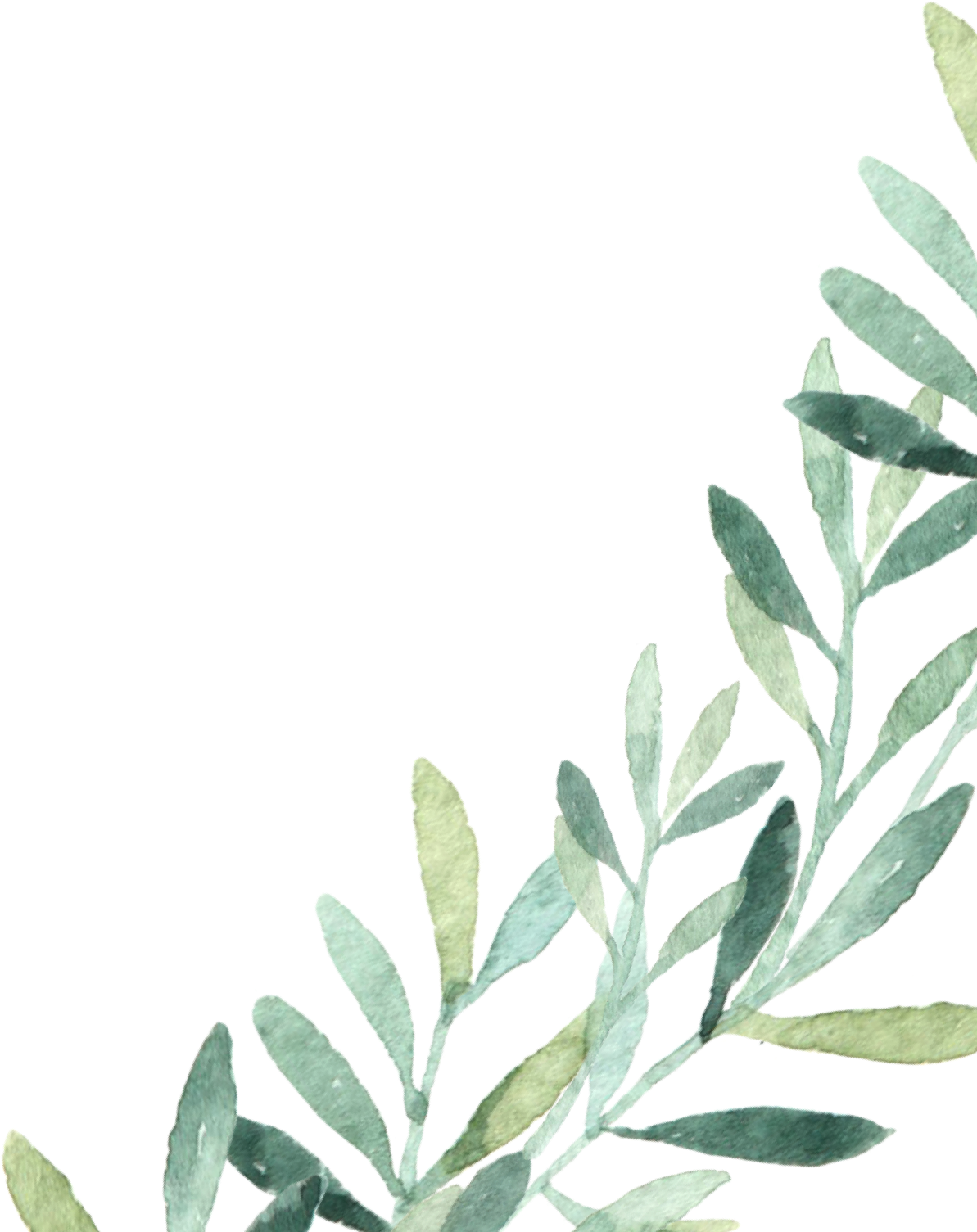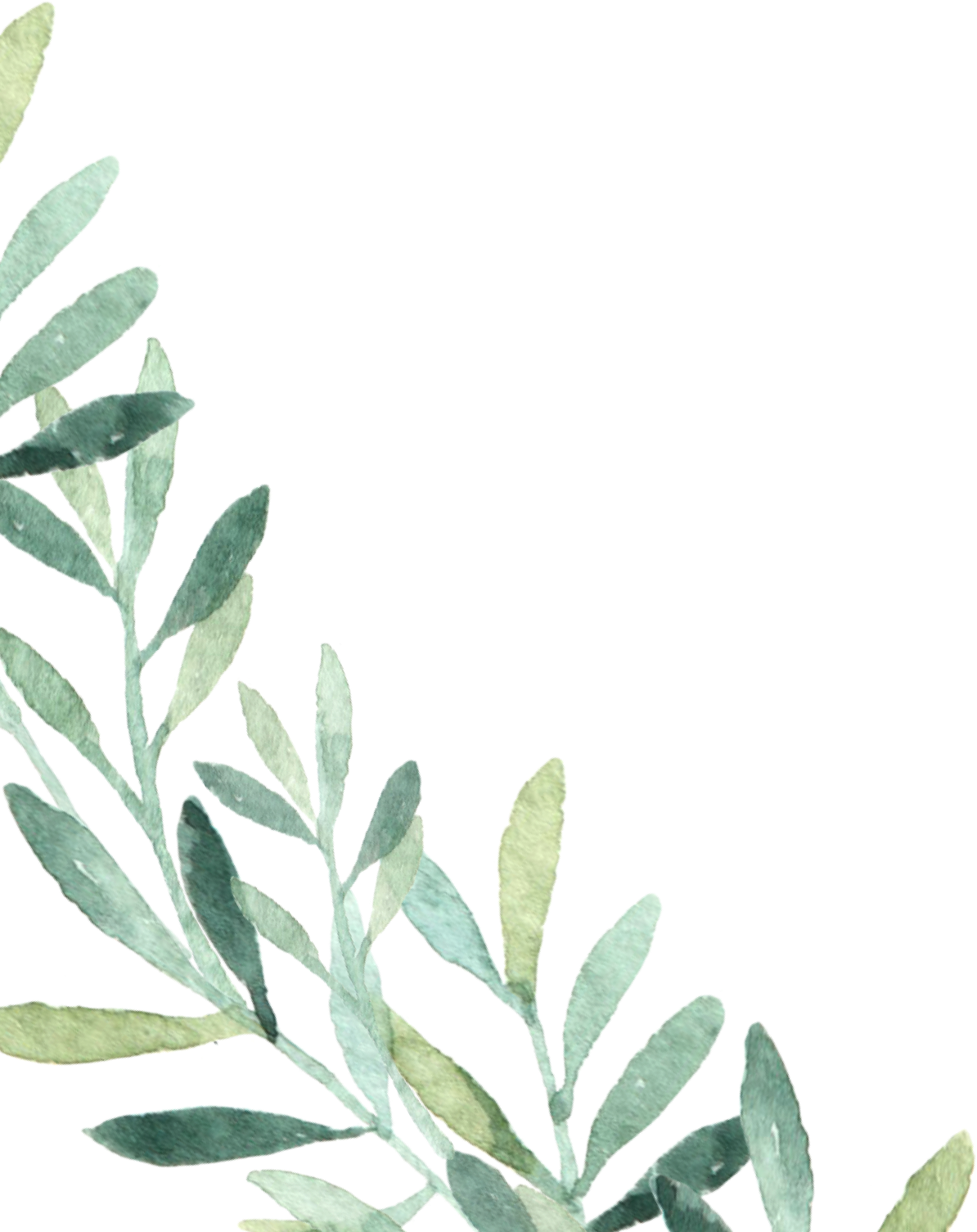

Ceremony

1. Signing of the Ketubah
____________________
The ketubah is an ancient document — a marriage contract — that specifies the groom’s commitments to the bride. It is signed by two appointed witnesses, who must not be blood-related family members to the bride and groom. Ketubot are often beautiful pieces of artwork that can be framed and displayed in the home.
2. Badeken
____________________
The second step is called the badeken and it happens after the ketubah signing. It’s a short but meaningful ritual where the groom covers the bride’s face with her veil. It’s a custom that derives from the biblical account of Jacob’s first marriage, when he was deceived to marry the heavily veiled Leah instead of Rachel, his intended bride. Once the groom has confirmed the bride is his bride he will replace the veil as a reminder that she retains her individuality and that he marries her for her spiritual qualities. The badeken is often emotionally charged if one understands the practice as being aware of the mystery of marriage, intense love and intimacy.
3. Chuppah
____________________
The wedding party to enter the main ceremony area where all the guests are seated. They make their way towards the focal point of the ceremony – a canopy held up by four poles known as the the chuppah. The chuppah represents the shelter and privacy of the home that the bride and groom will create following their marriage. The home is central in Jewish life — it is the place where we grow up, learn to share and love, and from which we also secure our independence. You will see that the bride and groom stand at the centre of it, and the walls are formed by those closest to them. Just as the walls of our home protect us from the elements, offering warmth and security, so too the ‘walls’ of the chuppah — that is our families and friends — provide support and strength with their love.
4. Kiddushin
____________________
Two cups of wine or any beverage of choice are used in the wedding ceremony. The first cup accompanies the betrothal blessings, After these are recited, the couple drinks from the cup. The betrothal blessings express the resolve of the bridegroom and bride to create a Jewish home, dedicated to God and to the well being of humanity.
5. Exchanging Rings
____________________
In Jewish law, a marriage becomes official when the groom gives an object of value to the bride and this is traditionally done with a ring. The ring should be totally plain, without stones or marks just as it is hoped that the marriage will be one of simple beauty and love. The couple now exchange rings and declare their betrothal vows to each other. The words, “by this ring you are consecrated to me according to the law of Moses and Israel” form the essence of the marriage service. The circle of the ring is a symbol of the eternal nature of the marriage covenant. Sarah and Adam have chosen to add their own personal vows as well.
6. The Seven Blessings
____________________
The Seven Blessings (Sheva Brachot) are now recited over the second cup of wine by the rabbi, or clergy, family or other people that the couple wish to honor. These blessings are very ancient and set the bride and groom into a wider social and sacred context. They are arranged as follows: 1. Blessing over the wine — symbol of joy 2. Blessing praising G-d to whom all creation proclaims praise 3. G-d is praised as Creator of humanity 4. G-d is praised Who created humanity in the Divine image. 5. Hope for the messianic future 6. Prayer for the happiness of the bride and groom 7. The individual hope for happiness for the couple is combined with a prayer for joy in the messianic future. After the seven blessings, the bride and groom share a second cup of wine.
8. Breaking of the Glass
____________________
The end of the ceremony is marked by the recitation of the Priestly Benediction form the Book of Numbers with the couple wrapped in a Tallit , the Biblically described garment. Then the groom smashes a glass underfoot. It is the official signal to cheer, dance, shout “Mazal Tov!” and start partying! There are various explanations depending on whom you ask, some include: 1. is a representation of the fragility of human relationships; and a reminder that marriage will change your life (hopefully for the good) forever. 2. is a break with the past: the marriage is to last as long as the glass remains broken, ie. forever. 3. represents a hope that your happiness will be as plentiful as the shards of glass, or that your children will be as plentiful as the shards of glass.
9. Private Reflection
_____________________
Once the just-married couple have recessed out of the ceremony area, the final part of the ‘order of service takes place and that’s the Yichud. It is considered to be one the most intimate and private parts of the day. The bride and groom are required to have time alone away from family and guests to reflect on what just took place — their marriage — before joining the party.